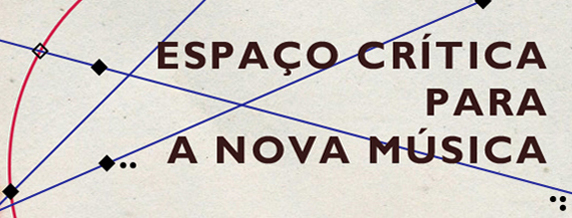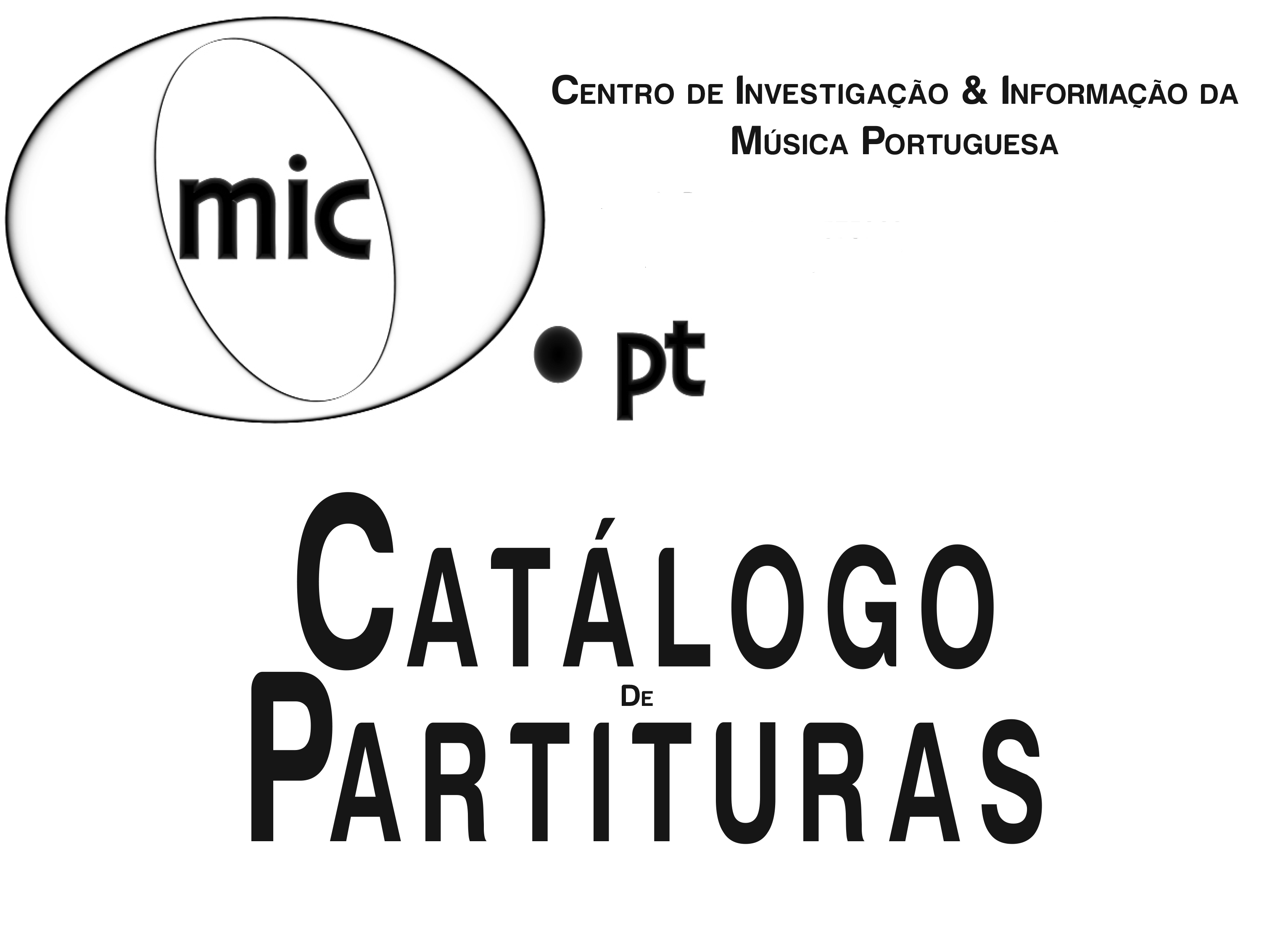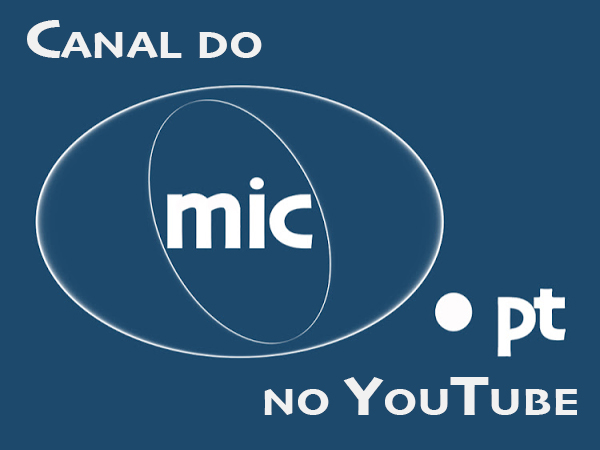Photo: Sofia Moraes
Questionnaire/Interview
Part 1 . Roots & Education
How did music begin to you, and where do you identify your music roots?
Isabel Soveral: I started studying music more or less at the age of 10, but actually my contact with the sound started much earlier, while experimenting “sonorities” on an old piano at home. When I was a child, I would approach the piano as if it were a great and fantastic toy.
Which paths led you to composition?
IS: My contact with contemporary music started, when I was about 17 years old. Then, I began going to concerts with Madalena Soveral – let’s say it was Madalena who introduced me to contemporary music. Getting to know Jorge Peixinho, was also determinant in my choice to write music.
Which moments from your music education do you find the most important?
IS: My lessons with the composers Jorge Peixinho, Joly Braga Santos, Bulent Arel and Daria Semegen.
Part 2 . Influences & Aesthetics
In your opinion, what can music discourse express and/or mean?
IS: A music narrative communicates a creative idea that in its origin isn’t always necessarily a musical idea.
In the beginning of the creative process I search for a germinal material – the primary music elements. Then, as a result of the embellishment and development of these elements, a “fabric” of sound material emerges. It’s this sonorous material that leads towards the construction of a more concrete musical idea. This whole creative process should be developed without formal contradictions, in order to let the music narrative happen naturally.
Are there any outside music sources that influence your work in a significant way?
IS: Yes, my creative work is strongly influenced by visual arts. Sometimes, my source of inspiration is a painting, or other artistic medium made with colour and texture. In my case, this interaction moves within a not necessarily musical logic, yet building musical ideas as I communicate through music – I relate colour to sound and harmonies; the association sound-colour constitutes the formal principle from where I begin. Nevertheless, I organize my material always from a more abstract entity – the interval.
In the context of western art music do you feel close to any past or present schools or aesthetics?
IS: When it comes to the past, perhaps my music is influenced by Webern and Nono.
Are there any non-western culture influences in your music?
IS: Only as a source of “inspiration”: it’s the case of Watasumi, for six percussionists and electronics, as well as Inscriptions Sur Une Peinture, for chamber orchestra, which is inspired in a Chinese poem.
Part 3 . Language & Music Practice
Characterize your music language, taking into perspective the techniques/aesthetics developed in music creation in the 20th and 21st centuries, on the one hand, and on the other, having in mind your personal experience and your path from the beginning until now.
IS: I don’t like to characterize my own music language.
When it comes to your creative practice do you develop your music from an embryo-idea, or after having elaborated a global form? In other words, do you move from the micro towards the macro-form, or is it the other way around? How does this process develop?
IS: One of the aspects that characterizes my creative process is the fertilization of what has already been exposed. It is through transfiguration of the old that I get to the new. Usually, I reuse these small initial elements, giving them new music elaboration. This material, elaborated again and again, exists somewhere between a sonorous “fabric” that hasn’t yet been trimmed, and a more complete gesture with an inherent form.
It’s quite typical for me to use small fragments from a finished piece with their all music information, that is, to use them as a sound body, from which I create a new work. It means that from the end of one process I go towards the beginning of another one – from a finished work I begin a completely new creation.
It’s also possible that inside the same cycle of pieces the last one already represents new directions, moving away from the original sound construction: I keep on creating and recreating, configuring and transfiguring the matter; the music renovates itself organically – the sonorous “fabric” waits for the work. It’s a continuous process of creation and recreation.
An example of this creative process is the string quartet Anamorphoses V. On one hand, this piece represents the main musical material that characterizes the Anamorphoses cycle in its most mature form. On the other hand, the same piece presents new music elements, whose purpose is to fertilize the old ones. The new narrative, resulting from this fusion, asked for a development that took place in the works Anamorphoses VII and VIII.
In the construction of a piece, there’s always a morphosis process, making the material’s potential “infinite”. I have the sensation of working with a live material – I know its origin, evolution and it needs to continue fertile.
How in your music practice do you determine the relation between the reasoning and the “creative impulses” or “inspiration”?
IS: I like to think that my inspiration is impregnated with reasoning, and that my rational side is “inspired” or supported in the “creative impulses”.
What is your relation with the new technologies and how do they influence your music?
IS: I have a love/hate relation with the new technologies.
The universe of colour and the possibility of spatial modulation stimulated my approach towards electronics. My electroacoustic compositions influence the elaboration of colour and space configuration in my written music. There is a strong interaction between the composing processes of these two mediums.
Define the relation between music and science, and how does the latter one manifests itself in your creation.
IS: Music and science have been connected at least since Pythagoras. The theory of numbers led to music aesthetics – a determined fraction is associated with a determined music interval. This relation constitutes an important acoustic principle that is the seed of western music theory.
What is the importance of space and timbre in your music?
IS: The spatial and timbral configuration in my work is of utmost importance, and has a modulatory character, when it comes to its elaboration. One of the variants of the harmonic elaboration in my music has to do with the “harmonic timbre”, in the plastic sense of the term.
Some of the main “space and timbre” examples:
In Anamorphoses V, what is already presented in the former works of this cycle, interacts with the new material. These new music elements correspond to a sequence of intervals, which is presented and then expanded. The interval sequence was built using the same scheme applied to the rhythmical elaboration of the previous music of this cycle. This sequence of intervals is contracted and expanded, leading to the emergence of quartertones, a sound and timbral element that hadn’t been used in any of my pieces before. What materializes here is a new sound dimension of the acoustic instruments that I´d used before only in electronic music. This new intervallic dimension increases the potential of the various levels of the sound body, namely of the timbral parameter. In these pieces, we can perceive gradually the new included elements, underlying, once more, the sense of morphosis and anamorphosis. Let’s say that these micro intervals are unveiled, as if one stretched a music “fabric”, thus leading to the emergence of sound micro worlds in its interior.
In Anamorphoses V, the micro-intervals initially appear as part of textures, resulting from interval sequences (melodic lines) presented so quickly that they don’t offer their melodic or horizontal contours, which actually define them. The audition of the sequence in its “perfect” or “correct” form only develops later in the piece (the process of anamorphosis). Actually, it initiates as a texture, aimed at its more plastic form, until revealing itself as a melody with a well-defined contour.
Some works have a direct relation between the organization of the timbre and space. In Paradeisoi, for orchestra, there’s a permanent internal sound transformation limited by a fixed spatial configuration, defined by high and low pitches and sometimes a central axis. As an example, the main chord of Paradeisoi has an essentially timbral function, relevant in the spatial geography of the work: an E note on the high register (in the harmonics of the high strings and xylophone) and a C, quartertone above in the lower register (in the low strings).
Does experimentalism play a significant role in your music?
IS: Yes, essentially in electroacoustic music.
Which of your works do you consider turning points in your path?
IS: Anamorphoses III (violin and electronics), Anamorphoses VII (chamber orchestra), the Le Navigateur du Soleil Incandescent cycle (works for orchestra) and the Concerto for violoncello and orchestra, which I am writing at this moment. My catalogue of orchestral works isn’t vast (on the contrary to the chamber music works catalogue) nevertheless it’s in the orchestral works that I’ve always found myself in turning point situations.
To what extent composition and performance are for you complementary activities?
IS: They complement each other significantly – neither one exists without the other. When one composes music our brain unites the writing and the performance, that is, we hear the music interiorly – it’s an imaginary process of interpretation. We are able to write only because our brain is able to perform.
Part 4 . Portuguese Music
Try to evaluate the present situation in Portuguese music.
IS: Too much music in the drawer!
What in your opinion distinguishes Portuguese music at the international level?
IS: Portuguese music is very creative and Portugal has indeed fantastic composers. It would be of utmost importance if Portuguese music was presented abroad with much more regularity – they really like our music!
Part 5 . Present & Future
What are your present and future projects?
IS: I’m writing a Concerto for violoncello and orchestra commissioned by Casa da Música and the Matosinhos Municipality.
In the second half of August I’ll be working on a piece for cello, double bass, electronics and video (commissioned by the Contracello ensemble).
Besides, I´m organizing the second edition of EAW 2017 (Electroacoustic Winds 2017), which is an International Conference on sound and image. The event will be held at the Aveiro University in November (13th to 17th).
Isabel Soveral, August 2017
© MIC.PT





